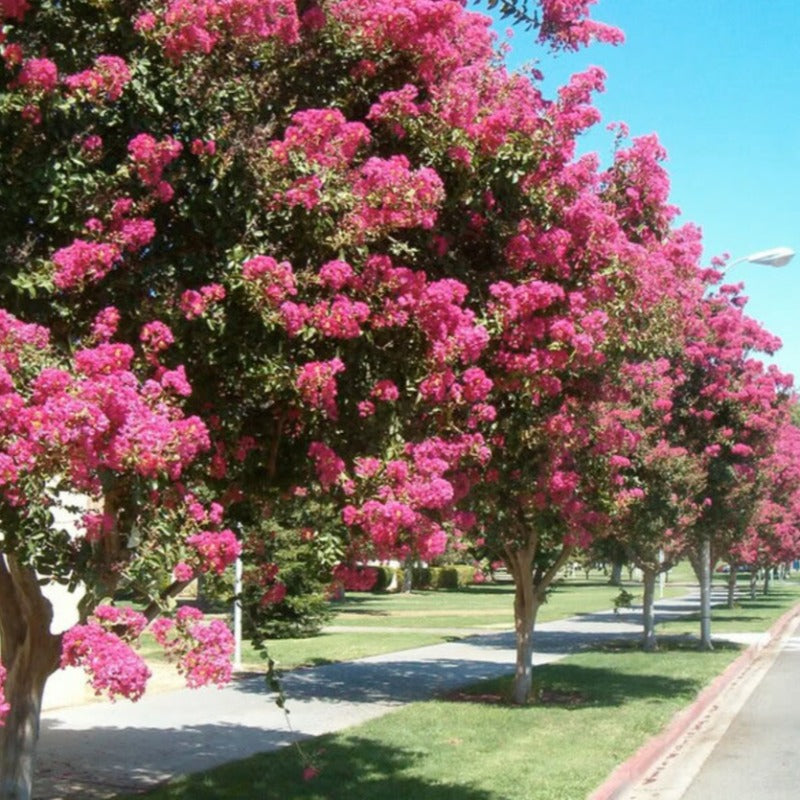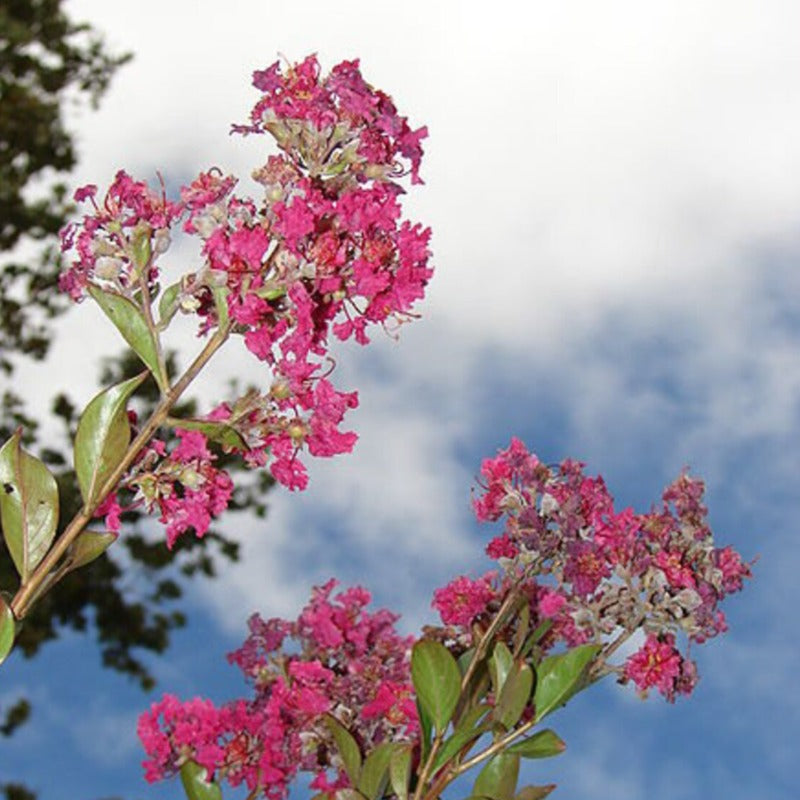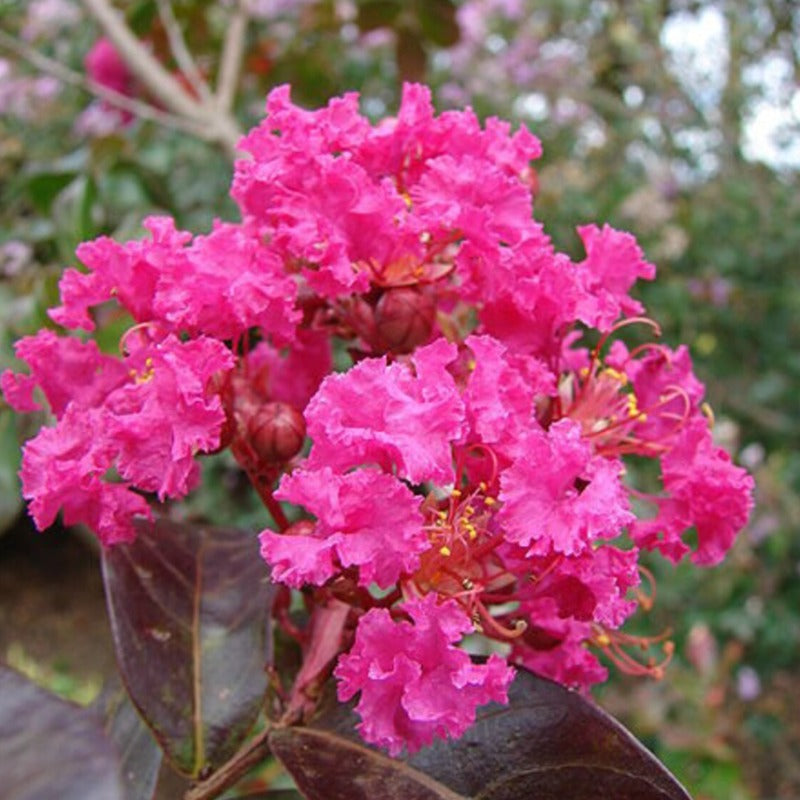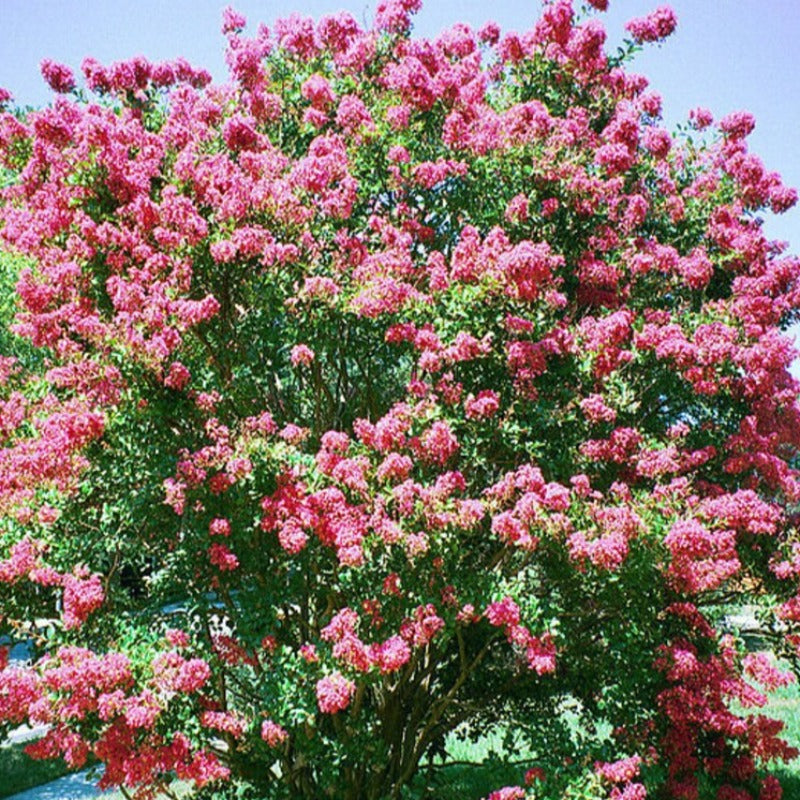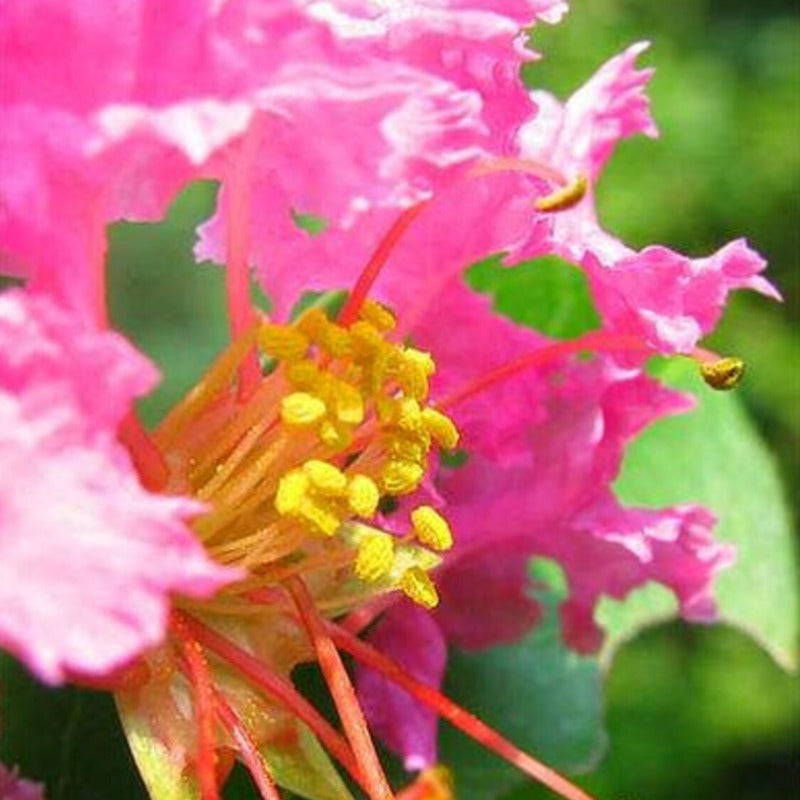- Historical context: Crepe myrtle (Lagerstroemia) is a genus of around 50 species of deciduous and evergreen trees and shrubs native to the Indian subcontinent, Southeast Asia, northern Australia, and parts of Oceania.
- Geographical origination: The crepe myrtle is originally from China, Korea, Japan, and India.
- Relevant cultural significance: In many cultures, crepe myrtle is valued for its ornamental beauty and is often used in landscaping and public gardens.
- Time period of discovery: The crepe myrtle has been cultivated for over 2,000 years in Asia.
- Original habitat: Crepe myrtles thrive in tropical and subtropical climates with warm temperatures and moderate rainfall.
- Notable historical uses: Historically, crepe myrtle wood has been used for making furniture and tools due to its hardness and durability.
- Ideal temperature range: Crepe myrtles prefer temperatures between 70°F to 85°F (21°C to 29°C).
- Soil type: They thrive in well-drained, slightly acidic to neutral soil with a pH of 5.5 to 7.5.
- Sunlight requirements: Full sun is essential for optimal growth, requiring at least 6 hours of direct sunlight daily.
- Watering needs: Regular watering is necessary, especially during the first year. Once established, they are moderately drought-tolerant.
- Planting season: The best time to plant crepe myrtle seeds is in late winter to early spring.
- Germination time: Seeds typically germinate within 2 to 3 weeks under optimal conditions.
- Growth cycle duration: Crepe myrtles can take 3 to 5 years to reach maturity, depending on the species and growing conditions.
- Common pests and diseases: Common issues include aphids, powdery mildew, and sooty mold. Regular monitoring and appropriate treatments can help manage these problems.
- Companion planting advice: Crepe myrtles pair well with perennials and annuals that thrive in similar conditions, such as daylilies and coneflowers.
- Common challenges and solutions: Challenges include powdery mildew in humid climates and root rot in poorly drained soils. Ensuring proper air circulation and soil drainage can mitigate these issues.
- Nutritional values: Crepe myrtle seeds are not typically consumed for nutritional purposes.
- Health benefits: While not commonly used medicinally, some traditional practices have utilized crepe myrtle extracts for anti-inflammatory and antimicrobial properties.
- Culinary uses: Crepe myrtle seeds and parts are not used in culinary applications.
- Medicinal uses: In some cultures, crepe myrtle has been used in folk medicine for treating various ailments, though scientific evidence is limited.
- Other unique advantages: Crepe myrtles are highly valued for their ornamental appeal, with vibrant flowers and attractive bark, making them a popular choice for landscaping and urban beautification.
